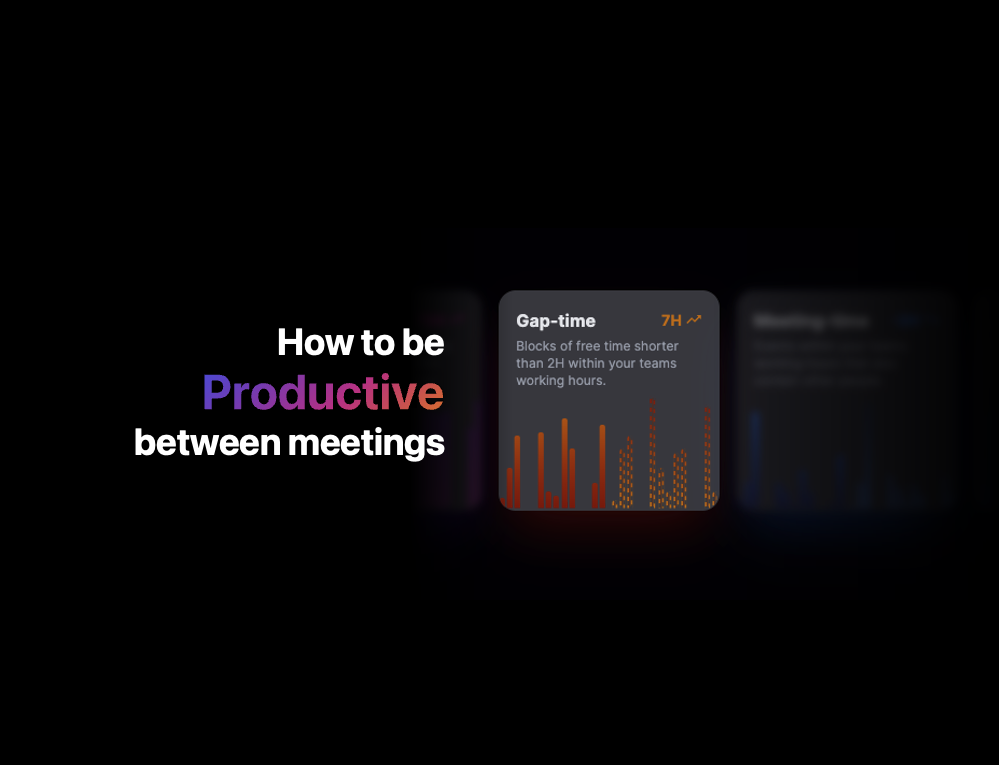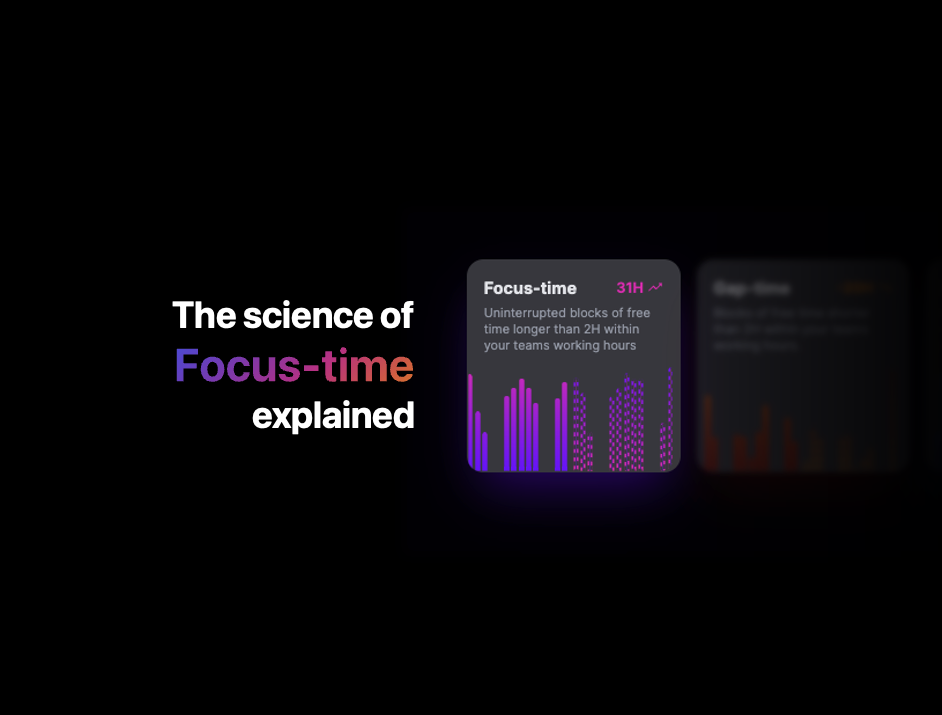What Chocolate Chip Cookies Teach You About Employee Engagement
6 min read
Giving employees a sense they have some control over their work and work environment can radically increase how much motivation they bring to their jobs.
Scientists at Stanford were the first to discover a correlation between willpower and success. Further studies a few decades later uncovered that not only is it correlated with success, but that willpower is a muscle that can be fatigued.
The implications of this in the workplace are significant. One 2010 study at a manufacturing plant in Ohio found that by addressing factors that taxed willpower, assembly line workers increased productivity at the plant by twenty percent within two months. How did they help these workers bring more of their willpower to the job? They gave them more control.
The Chocolate Chip Cookie Experiments
In 1998, a group of psychologists at Case Western Reserve University picked up on some of the research that started at Stanford a few decades earlier. The accepted wisdom at the time was that willpower was a skill that was learned. But for these researchers, this did not fit. A skill, like making an omelette, is something that can be done just as easily on Wednesday as Sunday. However, we all know that willpower can vary dramatically from day to day and hour to hour.
The psychologists hypothesized that willpower was more like a muscle. A muscle that can get tired.
To test their hypothesis, 67 graduates were invited to participate in an experiment. Each participant was asked to skip a meal prior to arriving and then placed in front of two bowls. One had freshly baked chocolate chip cookies, the other radishes. Then the students were told a lie. They were told that they were part of an experiment to test taste perceptions. Then half the students were told they could eat the cookies, but not the radishes. The other half was allowed to eat the radishes, but not the cookies.
After eating, they were all asked to wait fifteen minutes to allow the sensory memory of the taste to disappear. To pass the time they should work on a puzzle. It was implied that the puzzle wasn’t too challenging, but this was another lie. In reality it was impossible to solve. Then the experimenters left the room, sat back and watched through a two-way mirror. Resisting radishes isn’t too hard, but resisting freshly baked cookies when you’re hungry takes a lot of willpower. Some of the students who were told not to eat the cookies would pick the cookies up and look at them, or smell them and lick the chocolate that had melted on their fingers.
The cookie-deprived students quickly became frustrated with the puzzle. They persisted on average for eight minutes. But the students that hadn’t used any willpower resisting cookies lasted on average 20 minutes. They would attempt the puzzle again and again. Some went over half an hour before experimenters would come in and ask them to stop.
Since this experiment, many others have all found the same thing: willpower isn’t just a skill, it’s a muscle.
The Chocolate Chip Cookie Experiments – Part Two
Researchers then wanted to understand if we could increase our willpower. Mark Muraven at the University of Albany, set up a new experiment.
He filled a room with students and put freshly baked cookies in front of them. Then he asked the students to ignore the cookies. These students were told the experiment was designed to measure their ability to resist temptations. They were thanked for contributing their time. Afterwards, they were asked if they had thoughts on how to improve the experiment. The other half were simply told not to eat the cookies.
Neither group gave into temptation.
Afterwards, both groups moved onto part two of the experiment. They were asked to stare at a computer screen while numbers flashed for 500 milliseconds at a time. Every time a six followed by a four flashed before them, they were asked to push the spacebar. Focusing on this task for any period of time takes a fair bit of will power.
The students who were treated kindly did well on the computer test. They were able to maintain their focus for the entire 12 minutes. Despite ignoring the cookies, they had willpower to spare. Students who had been treated abruptly however, did terribly. They kept forgetting to hit the spacebar. They said they were tired and couldn’t focus.
When Mark started exploring why students who had been treated kindly had more willpower, he found that the key difference was the sense of control they had over their experience.
“We found this again and again,” Muravan told Charles Duhigg, author of The Power of Habit. “When people do something that they think is for personal reasons, or they have a choice, or it’s for someone they care about, the task is much less taxing. If they’re just following orders, they feel like they have no autonomy. Willpower muscles get tired much faster.”
This is also true in the workplace. Giving employees a sense of purpose, treating them kindly and giving them some control can radically increase how much motivation they bring to their jobs.
Control in the Workplace
At the manufacturing plant in Ohio referenced earlier, assembly line workers were empowered to make small decisions about their schedules and work environment. They designed their own uniforms and had authority over shifts. Nothing else changed. All the processes and pay scales stayed the same.
Within two months productivity at the plant increased by 20 percent. Workers were taking shorter breaks and there were fewer mistakes. Giving employees a sense of control impacted how much self discipline they brought to their jobs.
Another organization that has leveraged giving employees greater control to increase motivation and self discipline is Starbucks. Store staff decide how espresso machines, blenders and cash registers are laid out. They decide for themselves how customers should be greeted and where merchandise should be displayed. They ask their employees to use their intellect and creativity instead of telling them what to do. They understand that people want to be in control of their lives.
Empowering Employees to Increase Engagement
Culture is key to empowering employees to have more control over their work. However, there are other elements that are important too. For baristas, there are many things that they can control within their own environment. But what happens when decisions are made elsewhere in the internal supply chain? Here it becomes important to have a way to route feedback to decision makers that can effect change.
Much of what we know about how to route feedback to decision makers comes from suggestion systems. We reviewed over 20 academic articles to pull together some of the factors that make suggestion systems succeed or fail. There were two particularly surprising findings.
First, the most successful programs focus on asking employees to use their intellect and creativity in improving their jobs. They reward this by acting on ideas. The idea itself is secondary, but the end result is better ideas. However the real benefit is increased engagement in their jobs.
Second, it’s not necessarily input that gets acted on that drives engagement, but just getting feedback on their input. The fact that employees have a way to get their feedback to leadership and that leadership is actively listening is what’s most motivating. These programs result in more submissions per employee, more input that translates into action and much bigger impacts on the bottom line.
Put another way, the power of employee feedback is less about getting actionable ideas (although this certainly happens as well) and more about giving employees a sense of control. Like the students in the chocolate chip cookie experiments, this control translates into much more motivation to tackle their work.


